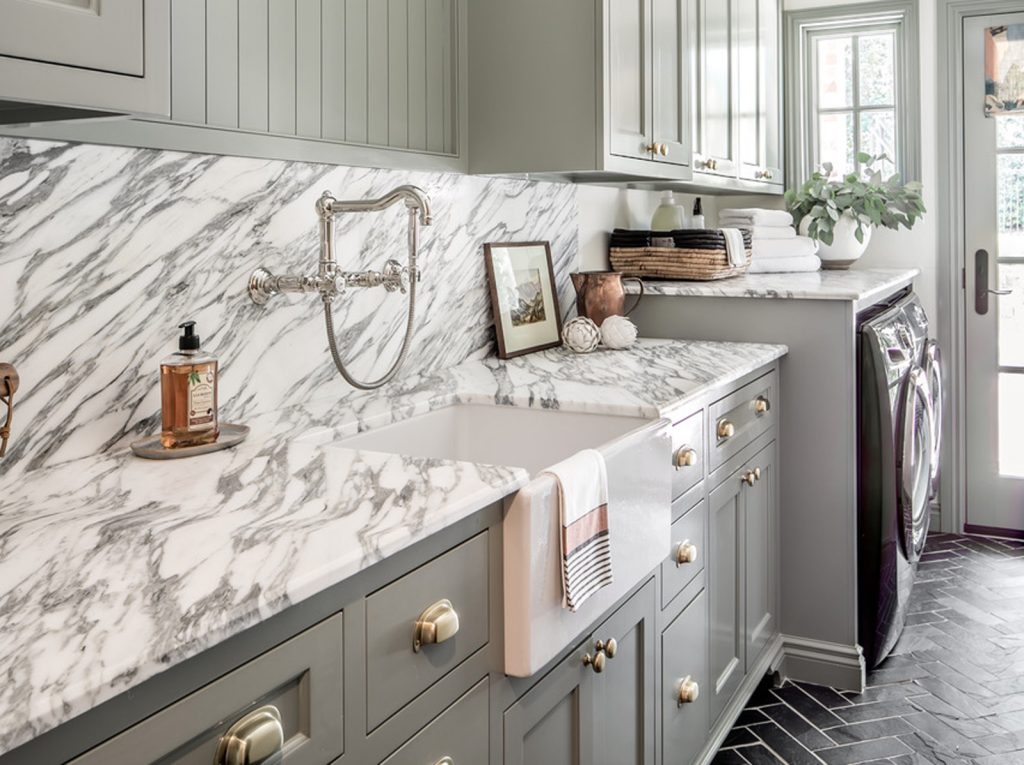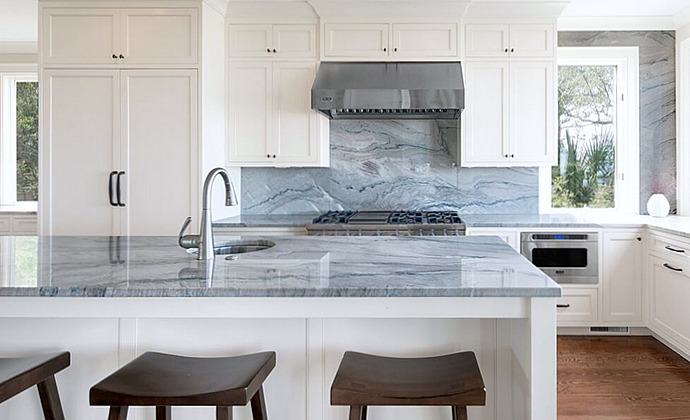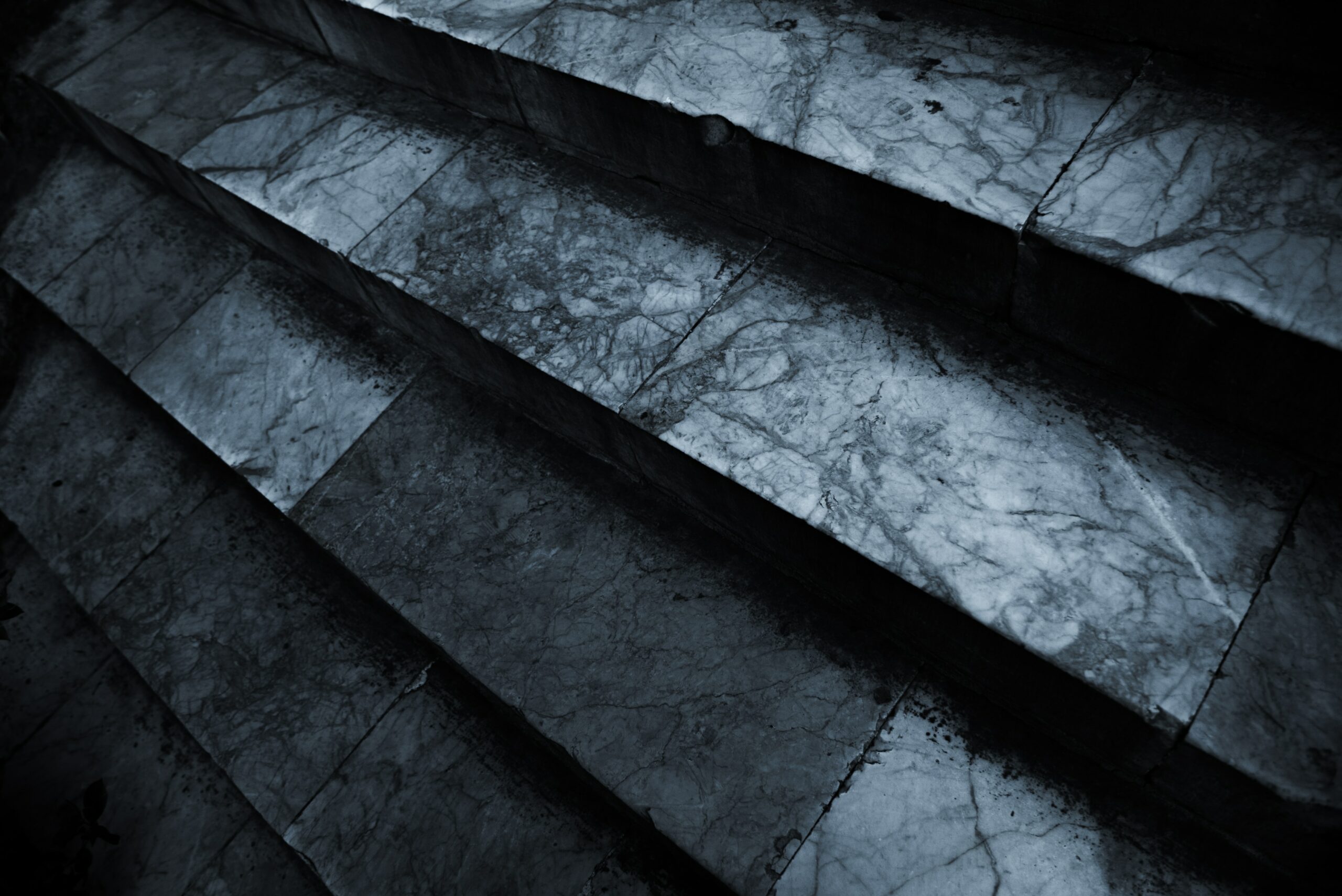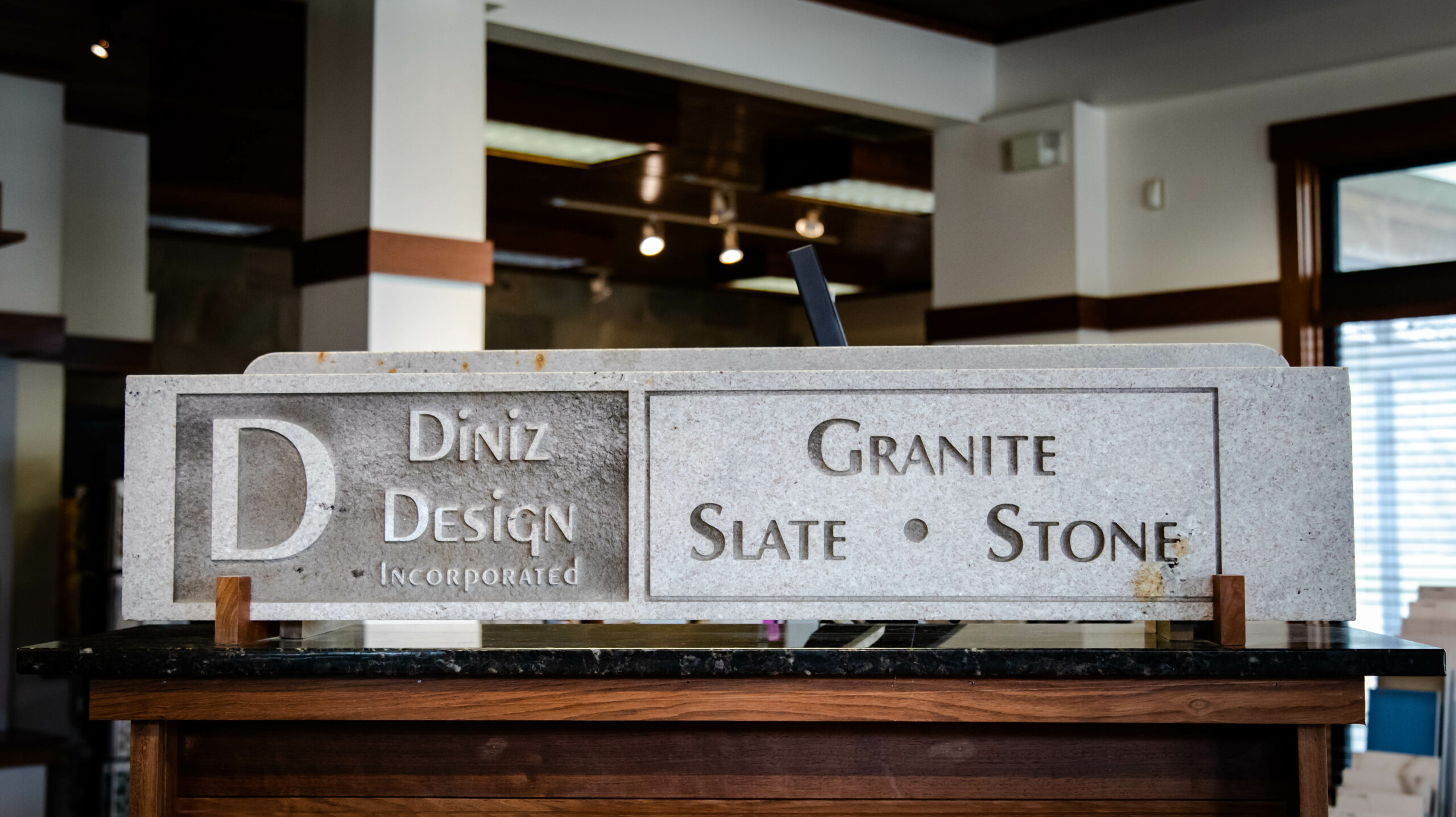Explore Different Stone Types
Granite is a genuine natural porous stone. Granite is very durable and lasts a long time. It is heat, scratch, chemical and stain resistant. It comes in all different colors and patterns that nature can create.
Granite countertops are also highly resilient when exposed to high heat, so it’s suitable for installation near the cooktop or in a bathroom where hair appliances are used. It’s a low maintenance stone.
Application of a sealant is necessary to protect against stains, etching, and bacteria.
Quartz is a manufactured non-porous stone. Just like Granite, it’s very durable and long lasting, and heat, scratch, chemical, and stain resistant. However Quartz is less resistant to heat than Granite.
It can discolor when exposed to strong sunlight and can be damaged by hot pots and bathroom appliances. Since Quartz is manufactured, it comes in a wide spectrum of colors, and can be veined to display different patterns across the slab.
Like Granite, Marble is a natural porous stone. Each slab is unique and beautiful. Marble comes in a large variety of colors and the options and patterns are endless. Marble is known for its “veining.”
It is one of the most desirable characteristics people look for in natural stone because of the elegant yet organic look it gives. For applications where high heat will be present, marble is resistant and stands up to pots and pans. Many homeowners choose it for fireplace surrounds because it won’t discolor over time.
Marble is susceptible to staining and scratches and requires more maintenance. it is important to wipe spills away quickly. Marble requires a good quality sealer before installation and every year or so.
Although some people might use Quartz and Quartzite interchangeably, these two stones are not the same. Unlike the engineered Quartz, Quartzite is a natural stone consisting of 90-99 percent quartz grains.
Unlike quartz, Quartzite comes primarily in shades of white or gray, with some minerals in the stone that can give it a pink or red hue. Since it’s naturally made, patterns across the slabs are limited to what nature can create.





